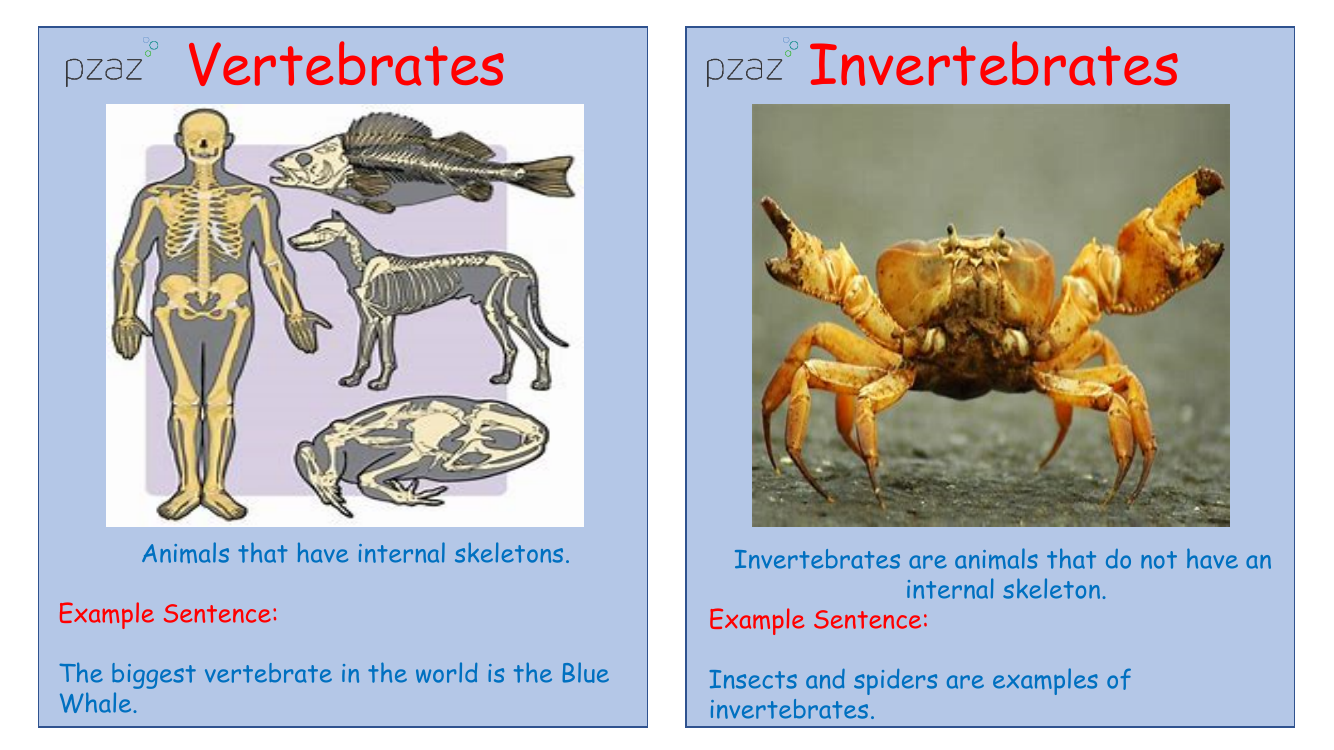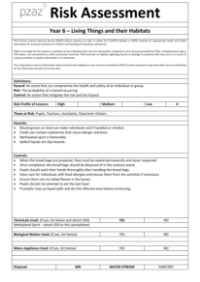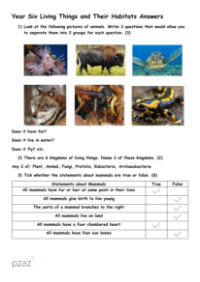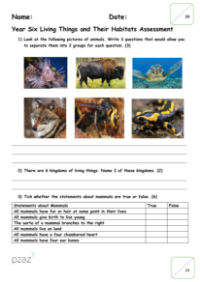Habitats - Keywords

Science Resource Description
The study of habitats includes understanding the diverse classifications of animals and plants, as well as some key biological concepts. Vertebrates are animals distinguished by their internal skeletons, with the Blue Whale being the largest known vertebrate. In contrast, invertebrates lack an internal skeleton, with insects and spiders being common examples. Fish are aquatic vertebrates that breathe through gills, and not all fish, such as sharks, have scales. Amphibians, including frogs, toads, newts, and salamanders, are unique for their dual life in water and on land, and are characterized by their slimy skin.
Reptiles, with their scaly skin and cold-blooded nature, inhabit diverse environments, and the Galapagos tortoise is noted for its exceptional longevity. Birds are feathered animals, some of which, like certain species of flightless birds, have adapted to life without flight. Mammals are warm-blooded animals known for nourishing their young with milk, and the platypus and echidna are the only egg-laying mammals. Insects are six-legged invertebrates with three body parts and are incredibly numerous, with an estimated 10 quintillion insects alive at any given moment. In the realm of plants, flowering varieties periodically bloom, having evolved 250 million years ago, while non-flowering plants, such as ferns and conifer trees, never produce flowers. Additionally, the aorta is the primary artery connected to the heart, and the diaphragm, a muscle found only in mammals, plays a crucial role in breathing. DNA, or deoxyribonucleic acid, carries all genetic information necessary for reproduction, while taxonomy is the scientific system used to classify all living organisms into hierarchical ranks.







